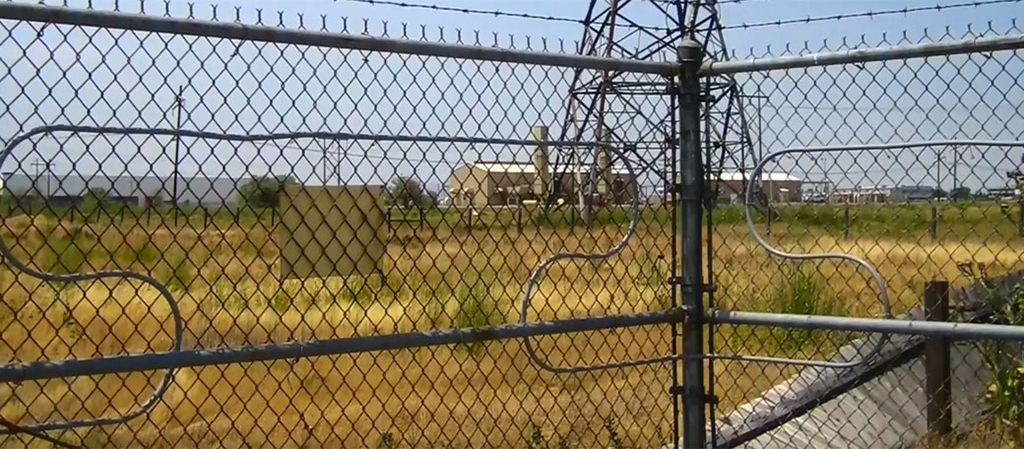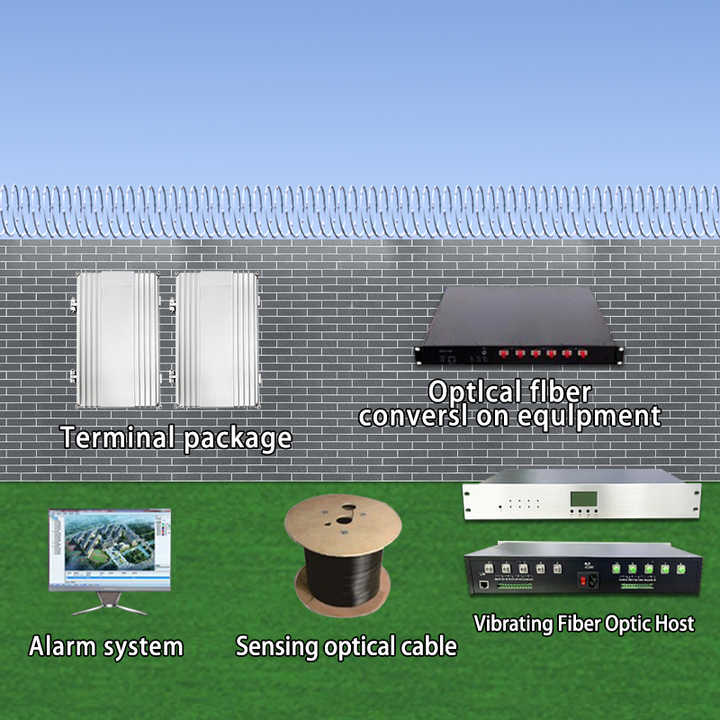Enhance Your Safety With Advanced Fiber Optic Security Solutions
In a period where security is critical, innovative fiber optic safety systems provide an engaging remedy for improving safety throughout different atmospheres. These systems not just flaunt premium data transfer and speed for high-resolution security yet likewise offer impressive durability versus outside interferences. As companies increasingly look for dependable means to safeguard their assets, the integration of ingenious technologies like AI and IoT within fiber optic structures raises vital questions regarding their performance contrasted to conventional systems. What implications do these improvements hold for future safety and security actions?
Advantages of Fiber Optic Safety And Security
Utilizing the advantages of fiber optic modern technology substantially improves protection systems across various applications. One of the main advantages is the raised data transfer ability, permitting for the transmission of large amounts of data at broadband. This is especially critical for real-time video clip monitoring, where high-resolution feeds can be sent out without latency, making certain prompt feedback capacities.
In addition, optical fiber show superior resistance to electro-magnetic disturbance, which is crucial in settings with possible signal interruptions. This dependability makes sure consistent performance in crucial safety procedures. Fiber optic wires are less prone to touching and unauthorized accessibility contrasted to conventional copper wiring, therefore improving data integrity and privacy.
One more notable advantage is the toughness of fiber optic systems; they are a lot more immune to environmental variables such as wetness, temperature fluctuations, and harsh compounds. This durability equates to lower upkeep costs and longer life-spans for safety and security installations.
Finally, the lightweight nature of fiber optic wires helps with less complicated installation and transmitting, especially in complicated infrastructures (fiber optic security system). Eventually, the combination of fiber optic innovation right into safety systems not just reinforces security steps however also enhances operational efficiency
Secret Attributes to Take Into Consideration
When reviewing fiber optic safety and security systems, a number of essential attributes must be thought about to make sure optimum performance and performance. Initially, assess the system's detection variety and sensitivity; a considerable range allows for monitoring big areas, while high level of sensitivity guarantees that also small disturbances are detected quickly.
Next, think about the assimilation abilities of the system. A fiber optic safety system should flawlessly interface with existing safety actions such as cameras and alarm systems, producing a natural security network.
Toughness and environmental resistance are also essential attributes. Make certain that the system is designed to withstand rough climate condition and potential physical dangers, as this will lengthen its operational life expectancy.

Lastly, check out the scalability of the system. A robust fiber optic safety and security system must be conveniently expanding to suit future demands without significant overhauls. By meticulously considering these functions, you can select a fiber optic safety option that enhances security and safety in your atmosphere.
Installation Process Overview
To effectively apply a fiber optic security system, an organized setup procedure is vital. This procedure begins with an extensive website evaluation to figure out the specific safety requirements and to recognize optimum locations for fiber optic cable televisions and protection gadgets. Following this analysis, the installation team will certainly create a comprehensive strategy, consisting of cable pathways, needed tools, and compliance with regional laws.
Next, the setup involves laying the fiber optic wires, ensuring they are protected from environmental variables and physical damage. Appropriate handling strategies are critical, as fiber optic cable televisions are sensitive and can be quickly damaged. After the cabling is mounted, ports and terminations are meticulously completed to make sure signal integrity.
The subsequent stage consists of setting up protection devices such as cams, activity detectors, and alarm, all integrated with the fiber optic network. Strenuous screening is performed to verify that all parts are working properly and to guarantee optimum performance.

Contrasting Fiber Optic to Conventional Systems
The evolution of security technology has actually led to substantial developments in the comparison in between fiber optic systems and traditional copper-based systems. Fiber optic systems use light to transfer data, using remarkable bandwidth and speed compared to their copper counterparts. This causes improved information transmission capacities, making fiber optics perfect for high-resolution more video monitoring and real-time tracking.
In addition, fiber optic wires are resistant to electromagnetic interference, decreasing the probability of signal destruction created by outside aspects. This particular guarantees regular performance, even in challenging atmospheres. On the other hand, conventional copper systems are much more prone to disturbance, causing prospective susceptabilities in protection applications.
Toughness is another benefit of fiber optic systems. They are less prone to harm from environmental factors such as dampness and temperature level changes, which can compromise copper wiring. Moreover, optical fiber are lighter and thinner, permitting easier setup and decreased physical impact.
However, conventional systems have a tendency to have lower initial prices, making them attractive for budget-conscious tasks. While fiber optic systems may call for a higher in advance investment, their long-lasting advantages-- such as lower upkeep expenses and better reliability-- usually exceed the first cost, positioning them as a remarkable option for contemporary safety and security demands.
Future Trends in Safety And Security Innovation
Emerging patterns in safety and security innovation are poised to change the landscape of surveillance and hazard detection - fiber optic security system. As companies progressively face innovative dangers, developments such as artificial intelligence (AI) and artificial intelligence (ML) are becoming indispensable to safety systems. These innovations boost the ability of fiber optic systems by making it possible for real-time information evaluation, determining abnormalities, and automating responses to potential breaches
Furthermore, the combination of the Internet of Things (IoT) is revolutionizing safety structures. IoT tools can offer detailed situational awareness and promote smooth communication in between different security elements. This interconnectedness enables much more reliable tracking and faster event feedback times.
Biometric verification is likewise getting momentum, offering a greater level of safety via unique physical characteristics. As this technology progresses, it is likely visit our website to be included right into fiber optic systems for boosted gain access to control.
Conclusion
In conclusion, advanced fiber optic security systems stand for a considerable innovation in safety and security and surveillance innovation. The transition from traditional systems to fiber optic services reflects a growing fad towards extra reliable and efficient safety measures in a significantly intricate technical landscape.